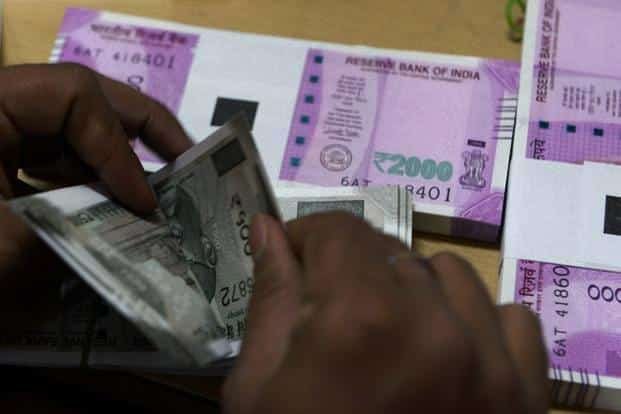“Rupee extended its gains in yesterday’s session after Fed Chairman signaled a likely slowdown in the pace of tightening in December, while indicating that more hikes will be necessary to curb inflation.
Recently released Fed meeting minutes also showed that officials could opt for a 50bps rate ad compared to 75bps hike done earlier. Major crosses continued to gain momentum following broad weakness in the dollar. Dollar was weighed down yesterday also after core PCE index rose 0.2% in October, slightly below the estimate.”
“On the other hand, a widely followed gauge of manufacturing activity posted its lowest reading in two and a half years for November. Today focus will be on the non-farm payrolls number that will be released from the US. Better-than-expected economic data could keep the dollar supported at lower levels. We expect the USDINR(Spot) to trade sideways and quote in the range of 81.20 and 81.80.
“The Indian rupee rose in November by more than 1.70%, marking its first monthly gain this year and ending its longest losing streak in nearly four decades as the USD entered into a strong bearish trend. Yesterday, the USDINR pair had tested the 81 mark for a few minutes but oil marketing companies and importer’s rush along with an intraday fall in Yuan spark a rally towards 81.30 levels. The lower spot has been a double-whammy for the exporters as from another end they are receiving the lowest premium in over a decade.”
“Further, a rally in Rupee was seen as both- SENSEX and NIFTY were testing their skies, where none of the global markets are at. Surely, without the help of FIIs and DIIs’ persistent buying, this milestone wouldn’t have been achieved. Overall, weaker USD, and stronger domestic fundamentals could pave the way for Rupee to appreciate towards 80.80 to 80.50 in the near term. On the flip side, 81.30-81.50 will act as a crucial resistance zone for the pair.”

The Indian rupee is likely on Friday majorly on the back of weak dollar. Dollar is showing weakness on anticipation that the central bank will reduce the pace of rate hikes.